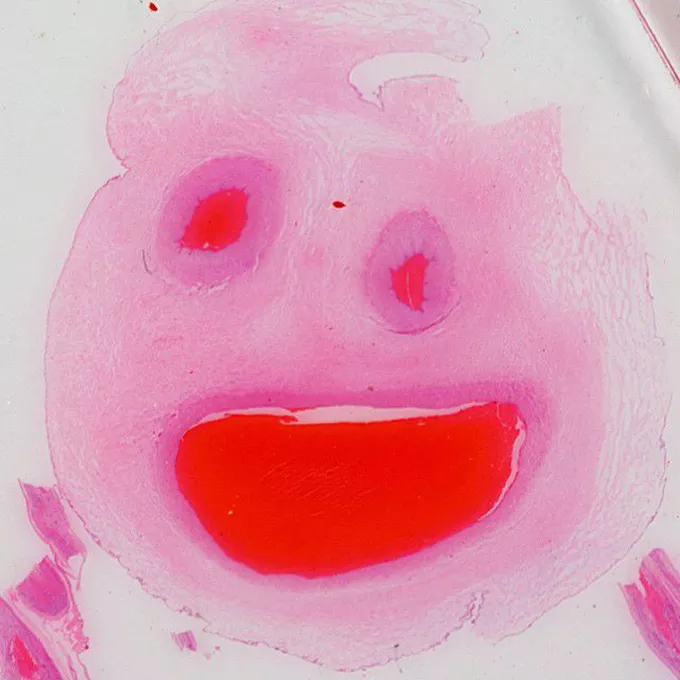Put simply, pathology is the study of disease. I’ve always been fascinated by the topic, and so I sought to enter a field where I could learn and do what I’m passionate about.
Careers and their requirements vary between countries. There are also non-healthcare related career fields you can investigate in relation to the topic. However, I wish to give a brief overview of some healthcare related lab/pathology careers in the US.
HIGH SCHOOL/GED + CERTIFICATION
- Phlebotomist - A phlebotomist draws blood for laboratory testing. It often requires a certification.
HIGH SCHOOL/GED OR BASIC UNDERGRADUTE EDUCATION
- Laboratory assistant - A laboratory assistant will receive laboratory samples that come into the lab, ensure everything is correct, enter information into the computer, and may occasionally perform very simple, basic pre-testing procedures (ex: centrifuge samples and pour the resulting liquid into various tubes for testing). Specific requirements to get a job as a lab assistant vary, but may range from only a high school education to a basic undergraduate science degree.
ASSOCIATE’S DEGREE (typically 2 year degree program and possible certification)
-
Histotechnician (HT) - A histotechnician is involved in processing glass slides of human tissue for the pathologist. They cut small portions of tissue into incredibly thin slices, mount them on a slide, then stain them so the cells can be seen.
-
Medical laboratory technician (MLT) - A medical laboratory scientist performs testing on blood, urine, feces, and other body fluids. It can be a varied career with many different testing departments involved (examples: chemistry, hematology, blood banking, microbiology).
BACHELOR’S DEGREE (typically 4 year degree program and possible certification)
-
Histotechnologist (HTL) - Similar to a histotechnician, but has more education, is generally paid more, and can do a bit more advanced procedures/testing.
-
Medical laboratory scientist/medical technologist (MLS/MT) - Similar to a medical laboratory technician, but has more education, is generally paid more, and can do a bit more advanced procedures/testing.
-
Cytotechnologist - a cytotechnoligst examines slides of body cells (not blood and not tissue) under a microscope to screen for disease. They are most known for reading PAP smears. (Apologies if this is a poor description as I am least familiar with what a cytotechnologist does).
MASTER’S DEGREE (an undergraduate degree and an additional 2 year graduate degree)
- Pathologists’ assistant (PA) - A pathologists’ assistant has special training in the macroscopic appearance of disease. They document and examine things as small as tissue biopsies to large multi-organ resections. They take relevant samples to then be further processed by a histotechnician/histotechnologist. A pathologists’ assistant may also perform autopsies under direct or indirect supervision of a pathologist.
DOCTORAL DEGREE (an undergraduate degree followed by medical school and then a medical residency program)
- Pathologist - A pathologist is a physician with special training in both the macroscopic and microscopic appearance of disease. In a hospital setting, a large portion of their work may involve examination of slides of human tissue or fluid under a microscope for the ultimate diagnosis of disease and the staging of cancer. They may also perform autopsies. A pathologist may also act as a lab director. They do not see patients, but instead answer questions and correlate care with other physicians.
You can divide the above careers into two different types of careers - clinical pathology (blood, urine, feces, body fluids) and anatomic pathology (tissue biopsies, parial or whole organs).
-
Clinical pathology careers - phlebotomist, laboratory assistant, medical laboratory technician/scientist, pathologist
-
Anatomic pathology careers - laboratory assistant, histotechnician/histotechnologist, pathologists’ assistant, pathologist
(Generally I think cytotechnologists are under the anatomic pathology umbrella, but they deal with individual cells as opposed to slices of tissue.)
The order of handling for an anatomic specimen is generally: laboratory assistant –> pathologists’ assistant –> histotechnician/histotechnologist –> pathologist.
The order of handling for a clinical lab specimen is generally: phlebotomist (only involved if the specimen is blood) –> laboratory assistant –> medical laboratory technician/scientist OR cytotechnologist –> pathologist (however, the pathologist is often not involved for basic, routine testing)


Hey and welcome! I’m surprised someone managed to stumble into this community! I’ll try to keep posting content here and there in case more stumble in!